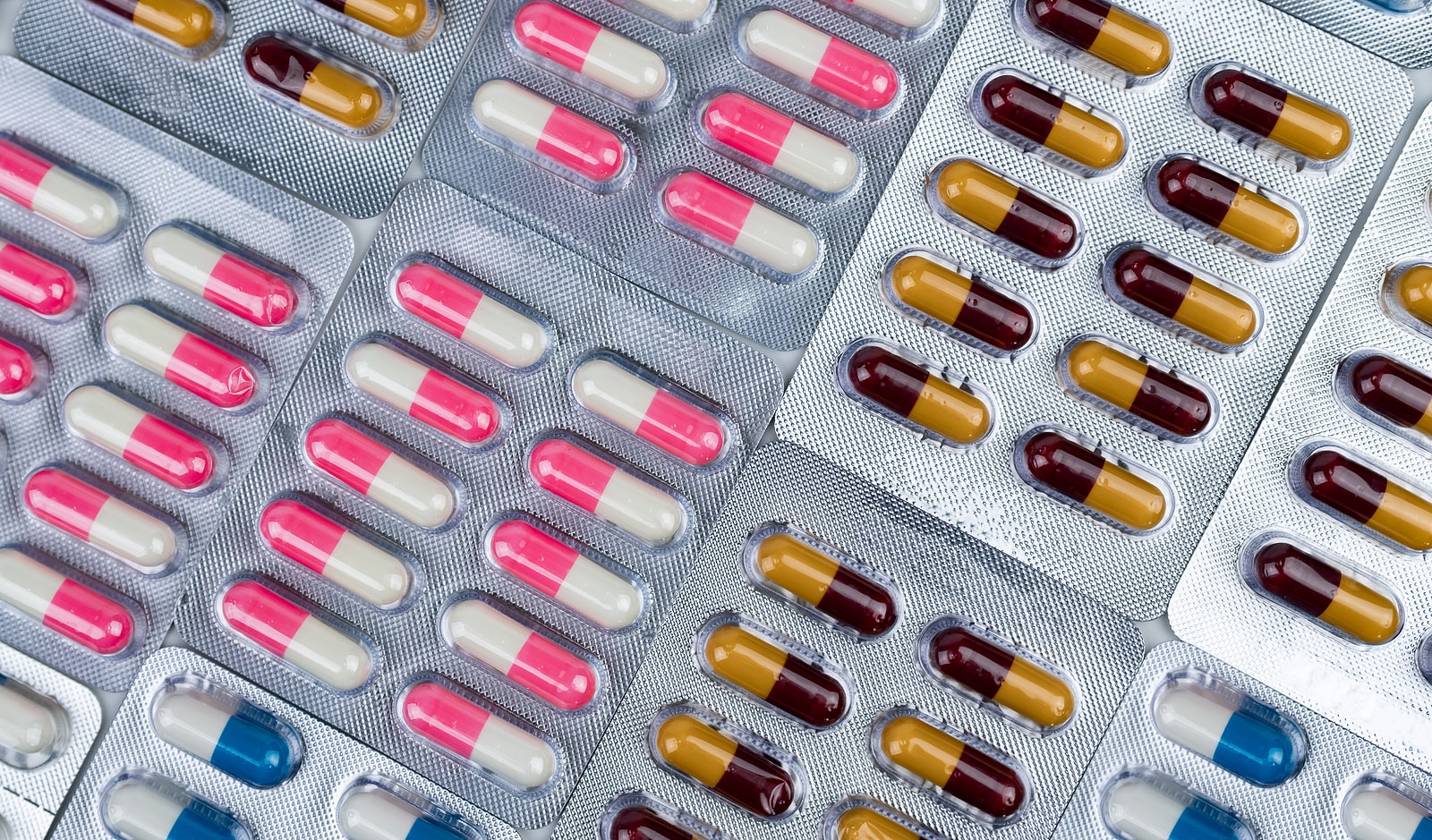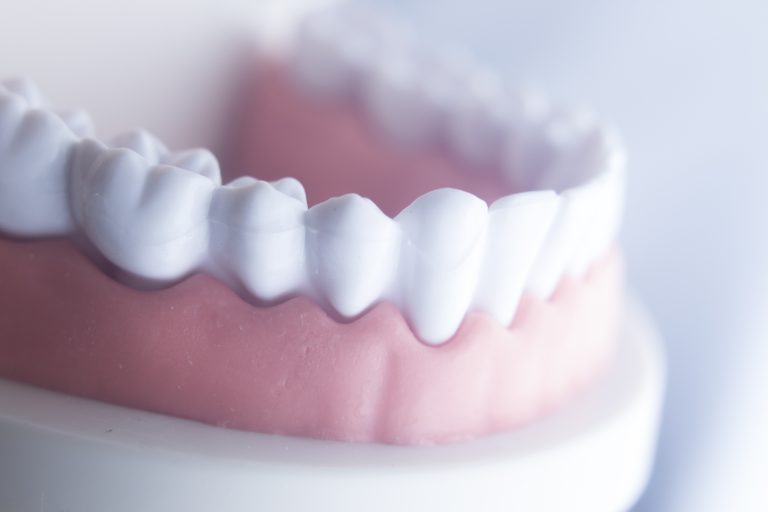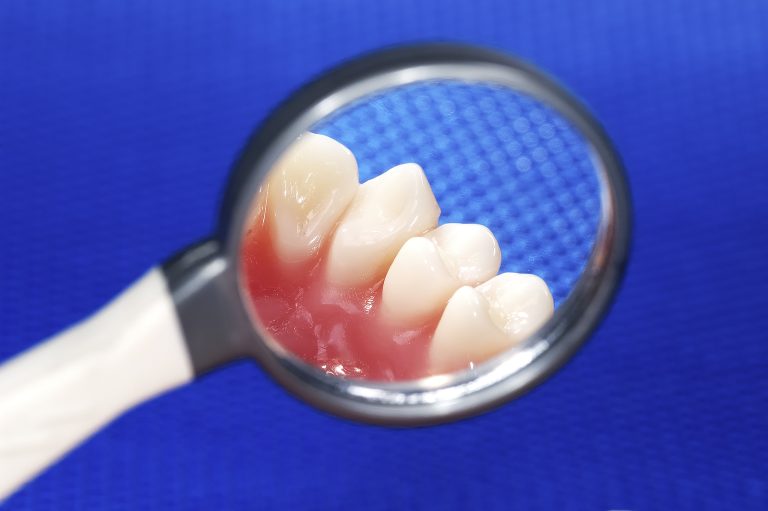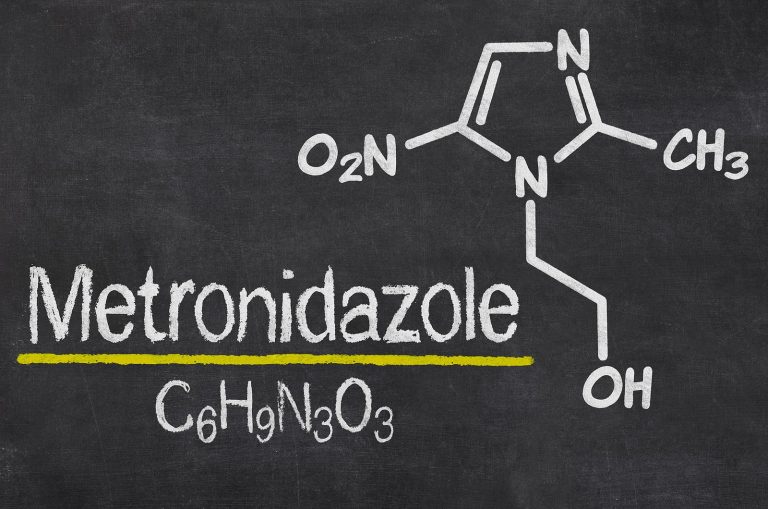If you are suffering from a dental abscess and cannot get to a dentist very quickly, the experience will be a very unpleasant one and potentially a lot worse than that. That is why you need antibiotic relief quickly.
Not only will a sustained infection be painful and bring a lot of nasty swelling, but in some cases, it can get worse still and lead to sepsis, which can be life-threatening.
These are all good reasons to buy amoxicillin. However, anyone who is suffering and wants relief as soon as possible will be sure to ask: Just how long does it take to get to work on a tooth infection?
How Amoxicillin Works
Understanding how amoxicillin works is useful, so that you know what to expect and also how it will progress in dealing with the infection.
The aspect that will be of greatest interest when you are suffering most will be when the pain starts to ease, but there is also the question of how long it takes to get on top of the infection, which determines how long you need to go on taking it for.
A modified version of penicillin, amoxicillin works by preventing bacteria from multiplying and spreading, which in the normal course of events will lead to an infection from getting progressively worse while your immune system battles to fight it.
The way it does this is to bind to lattice-like structures in the cell wall of the bacteria made from amino acids and inhibits their capacity to synthesise. This causes the walls to break down, which prevents the bacteria from multiplying and kills each cell.
When It Starts To Work
Like any other antibiotic, this is not something that provides immediate effects akin to the very swift relief from pain that you might get from taking a medication like aspirin or paracetamol for a headache. Instead, it takes between 48 and 72 hours to start to work.
A painkiller works by stopping the chemical processes that enable you to feel pain, but it does not necessarily deal with the underlying cause. In the case of an antibiotic, the relief is brought about by tackling the cause.
In this case, it is not zapping the bacteria cells, but rather preventing the biochemical processes that enable the cells to sustain themselves beyond a very short period of time and to multiply. When the cell wall synthesis process cannot take place, the bacterial cells start to die. Nonetheless, compared to some antibiotics, this is still a fast-acting medication.
Because it will take between two and three days to start to get relief from the infection, it makes no sense to delay. If you think you have an abscess, getting an online assessment and securing your swift delivery of amoxicillin is imperative. This will bring relief sooner and help prevent something worse (like sepsis) from happening.
What To Do Next
Once the amoxicillin starts to work, you should soon find that things start getting significantly better. The swelling will come down, the pain will be reduced, there may no longer be a throbbing feeling and the risk of sepsis will abate.
However, there is a significant difference between the time when the medication starts to work and when the infection is cleared completely. Firstly, as ever, the advice with antibiotics is to keep taking them until you have finished the course. This helps prevent antibiotic resistance developing, but also, quite simply, you don’t want to leave the job half-done.
Why You Will Still Need Dental Help Eventually
The other consideration is that it may not be possible to clear the infection entirely without dental work. The main reason for taking antibiotics for any dental infections is to ensure that the infection is kept under control while you wait for the chance to get a dental appointment.
This is particularly true for infections such as a periapical abscess, which is located at the very root of the tooth. The reason is that as an infection takes hold, your immune system produces white blood cells to fight it. This builds up in the form of pus.
Pus contains a mix of dead matter from white blood cells and bacteria and while this is commonly seen in spots and boils that can be lanced, it has nowhere to go when it is deep in the root of the tooth.
Amoxicillin is not, therefore, a cure-all medication. However, it is a very important and effective antibiotic that ensures the infection and its accompanying symptoms of pain and swelling do not get worse and spread before you can get to a dentist.
Therefore, if you have a tooth infection, you should act now, with relief coming after two or three days, in which amoxicillin will have done its work to start killing the bacteria off.







